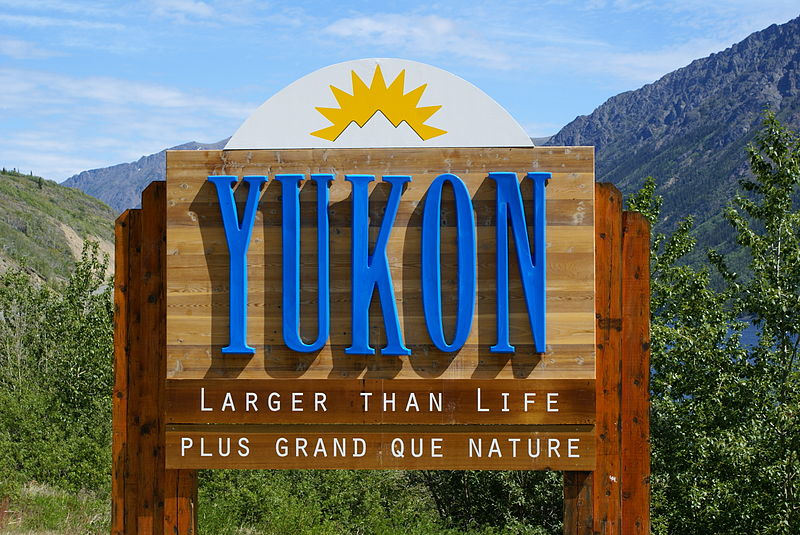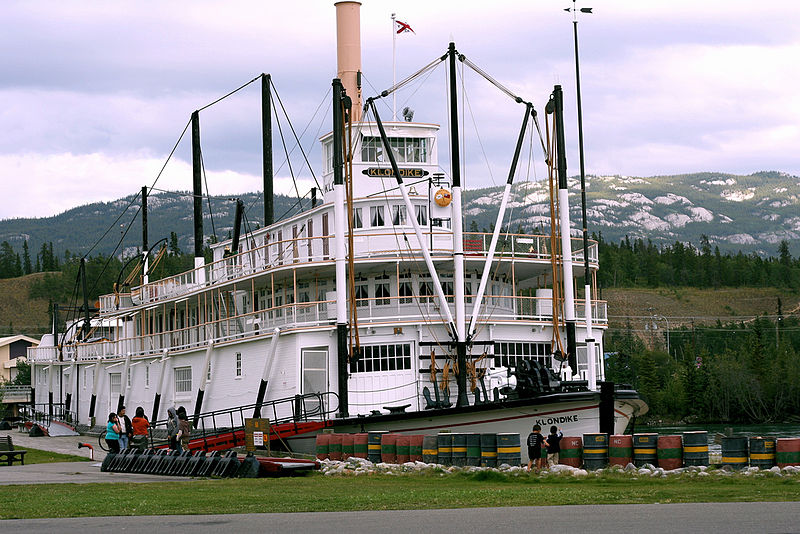7481 Woodbine Ave #203, Markham, ON L3R 2W1 (647) 806-8188
Copyright © 2021 CondoTrend. All rights reserved.

On the river’s right bank, opposite the present-day city, a tiny community emerged from the first settlers. The community was named Whitehorse by the roiling, foaming waters of the rapids, which resembled white horses rising up. When the river was dammed in 1958, the boulders that formed the rapids remained, but are now calmly buried under the waters of Schwatka Lake.
In recent years, Whitehorse, which is home to more than half of Yukon’s population – 25,000 people – has become a significant hub for arts and culture. The modest but vibrant capital of the territory is located at the crossroads of the Alaska and Klondike Highways, about 80 kilometers north of the British Columbia border.
Yukon Wildlife Preserve
The Yukon Wildlife Preserve seeks to preserve the unique wildlife of Canada’s north, which is home to some of the country’s rarest species. The Preserve is located just 25 minutes from downtown Whitehorse, and its devoted staff cares for wounded wildlife before releasing healthy animals back into the wild. Visitors may explore the preserve to learn about over a dozen distinct Arctic and boreal wildlife species. The facility’s three-mile “viewing circle” may be explored on foot, skis, snowshoes, or a guided bus. Observe caribou, lynx, elk, bison, and other animals in their varied natural habitats, ranging from swamps to cliffs, but never in a confinement. And have your camera ready, since you never know what creatures may make an appearance.

Miles Canyon
Miles Canyon was previously a treacherous location for gold prospectors. Many unsuccessfully attempted to cross the canyon or manoeuvre their stocked boats across the raging rapids of the Yukon River. Despite the fact that a train system permitted these prospectors to escape this danger, the Miles Canyon is no longer a location to avoid. A hydroelectric dam has reduced the flow of water, resulting in a little more tranquil river for today’s visitors. In 1922, a suspension bridge was constructed to link the two 50-foot sides of the canyon, and it still stands there today, providing a breathtaking perspective of the canyon for those who are not frightened of heights. This facility, located just minutes from downtown Whitehorse, has excellent hiking, mountain biking, and cross-country skiing paths, as well as animal viewing possibilities.
MacBride Museum
Have you ever been curious in gold panning? Because the history of the Yukon is entwined with the gold rush, the MacBride Museum of Yukon History allows guests to pan for gold and experience this historic vocation. Obviously, panning is just one of the many activities offered by the museum, whose exhibits cover the whole history of the Yukon and fill more than an entire city block. Explore First Nations beadwork and crafts, learn about Northern animals, immerse yourself in the history of the capital city of Whitehorse, and even explore the cabin where Robert W. Service’s Sam McGee lived. Explore the artifacts, images, and documents at your own pace. Who knows, maybe you’ll find something golden at the bottom of your pan.

S. S. Klondike
Early in the 20th century, nearly 250 riverboats connected the Yukon to the rest of the globe by water. The S.S. Klondike, the largest of these steamships, still rests on the banks of the Yukon River. This boat, which has been restored to its 1937-1940 look, is a popular location for tourists interested in learning about the region’s early residents. Prior to the construction of roads in the region, the Klondike, a massive ship with a carrying capacity of over 270 tons, was often used to transport supplies and silver-lead ore to and from the mines. Explore the ship’s decks on a self-directed or guided tour to learn how the ship operates and how its guests spend the time. Keep an eye out for the on-board Geocache.
7481 Woodbine Ave #203, Markham, ON L3R 2W1 (647) 806-8188